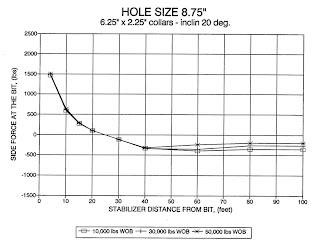Well Engineering & Construction
hussain rabia

Chapter 1 : Pore Pressure 1
Chapter 2 : Formation Integrity Tests 49
Chapter 3 : Kick Tolerance 71
Chapter 4 : Casing Properties 99
Chapter 5 : Casing Design Principles 143
Chapter 6 : Cementing 201
Chapter 7 : Drilling Fluids 265
Chapter 8 : Practical Rig Hydraulics 305
Chapter 9 : Drill Bits 339
Chapter 10 : Drillstring Design 383
Chapter 11 : Directional Drilling 439
Chapter 12 : Wellbore Stability 525
Chapter 13 : Hole Problems 569
Chapter 14 : Horizontal & Multilateral Wells 625
Chapter 15 : High Pressure & High Temperature Wells 675
Chapter 16 : Rig Components 711
Chapter 17 : Well Costing743


































